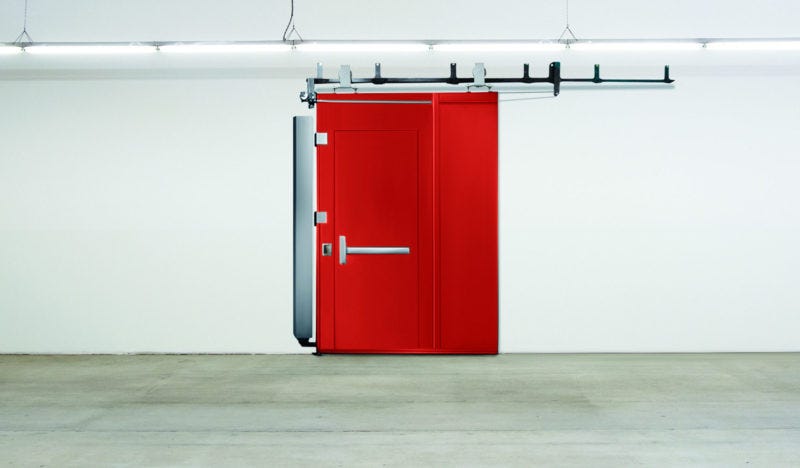When it comes to building safety, every detail counts. Fire doors are a critical component of a building’s passive fire protection system, providing essential protection in the event of a fire by limiting the spread of smoke and flames. However, the effectiveness of fire doors hinges on their correct specification, installation, and maintenance. That’s where a comprehensive Fire Door Schedule comes into play.
What is a Fire Door Schedule?
A Fire Door Schedule is a detailed document that outlines the specifications, locations, hardware fittings, and maintenance requirements for all the fire doors in a building. This schedule is crucial for ensuring that each fire door functions correctly and meets the necessary safety standards.
Key Components of a Fire Door Schedule:
- Door specifications: Includes the type of door, fire-resistance rating, and materials used.
- Hardware details: Lists all hardware components, such as hinges, handles, and door closers, that must be compatible with the fire rating.
- Installation guidelines: Specifies the correct installation procedures to maintain the door’s fire-resistance capability.
- Maintenance protocols: Outlines regular checks and maintenance needed to ensure long-term functionality and compliance.
Benefits of Implementing a Detailed Fire Door Schedule
A well-prepared Fire Door Schedule offers numerous benefits:
- Enhanced Safety: Ensures that all fire doors will perform as expected in the event of a fire, providing maximum protection for building occupants.
- Compliance with Regulations: Helps building owners and managers ensure that all installations meet local fire safety regulations and standards.
- Efficiency in Maintenance: Simplifies the management and maintenance of fire doors by providing clear guidelines and schedules.
- Cost-Effective: Reduces the likelihood of costly penalties for non-compliance and prevents the need for expensive retrofits by getting it right the first time.
Planning and Documentation
Creating a detailed Fire Door Schedule involves several steps:
- Assessment of Needs: Evaluate the building’s requirements based on its layout and usage.
- Selection of Suitable Doors: Choose doors with appropriate fire-resistance levels and features.
- Detailing Hardware and Accessories: Specify all necessary hardware that complements the chosen doors.
- Installation and Testing: Ensure doors are installed by certified professionals and perform regular testing.
Importance of Professional Guidance
While the benefits of a Fire Door Schedule are clear, the complexity of fire door regulations and the technical details required mean that professional guidance is often essential. Specialists in fire door installation can provide invaluable advice and ensure that the fire door schedule is meticulously planned and executed.
Fire Door Schedule in Action
To see a real-world example of how a comprehensive fire door schedule can be implemented, visit Rapid Spec. Their detailed approach ensures that all aspects of fire door installation are covered, from initial planning to final inspection, providing peace of mind that the buildings are as safe as possible.
Reviewing and Updating Your Schedule
Fire safety is dynamic, with regulations and building uses changing over time. Regular reviews and updates to your Fire Door Schedule are necessary to adapt to these changes and maintain compliance. This ongoing process helps extend the life of your fire doors and enhances the safety of your building.

